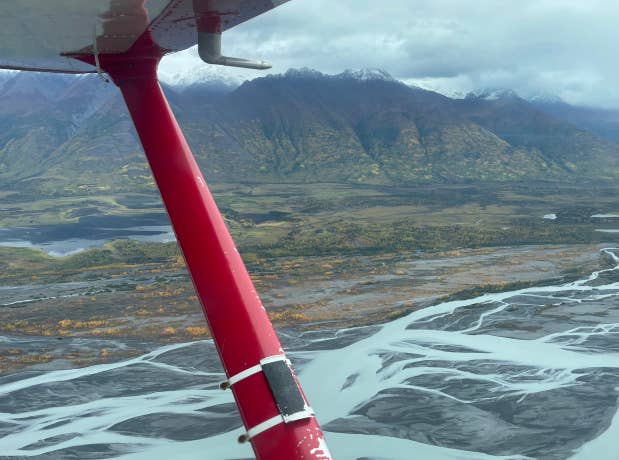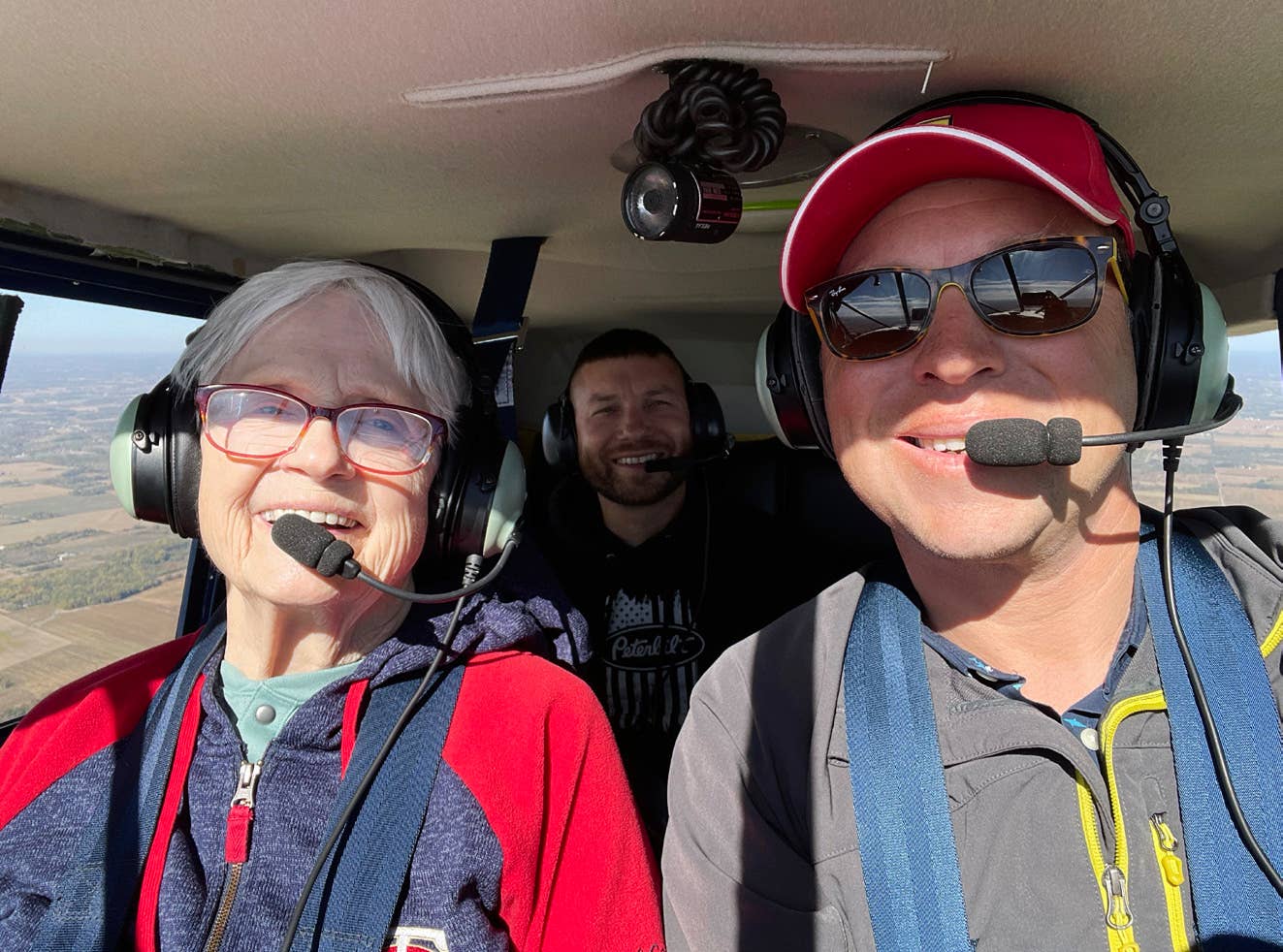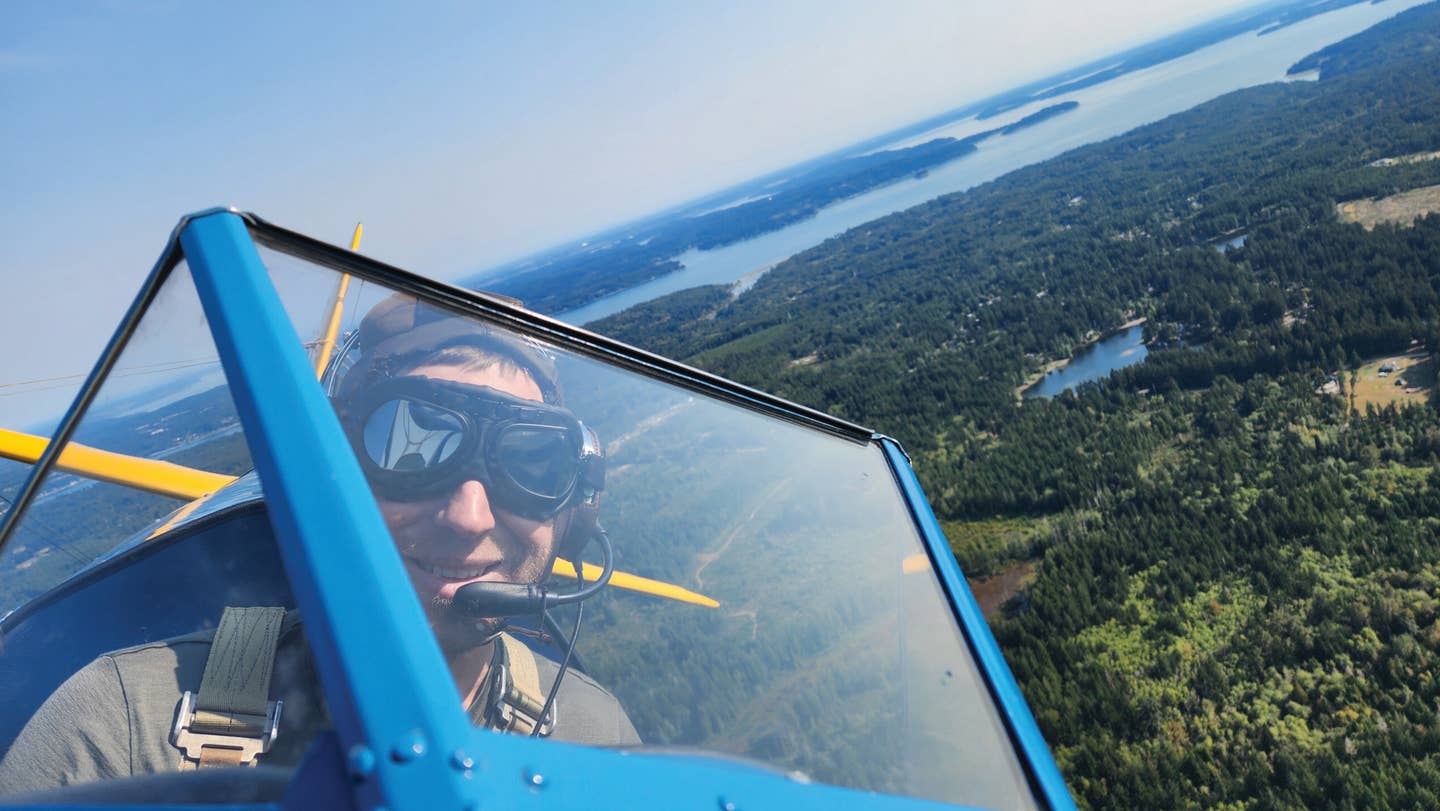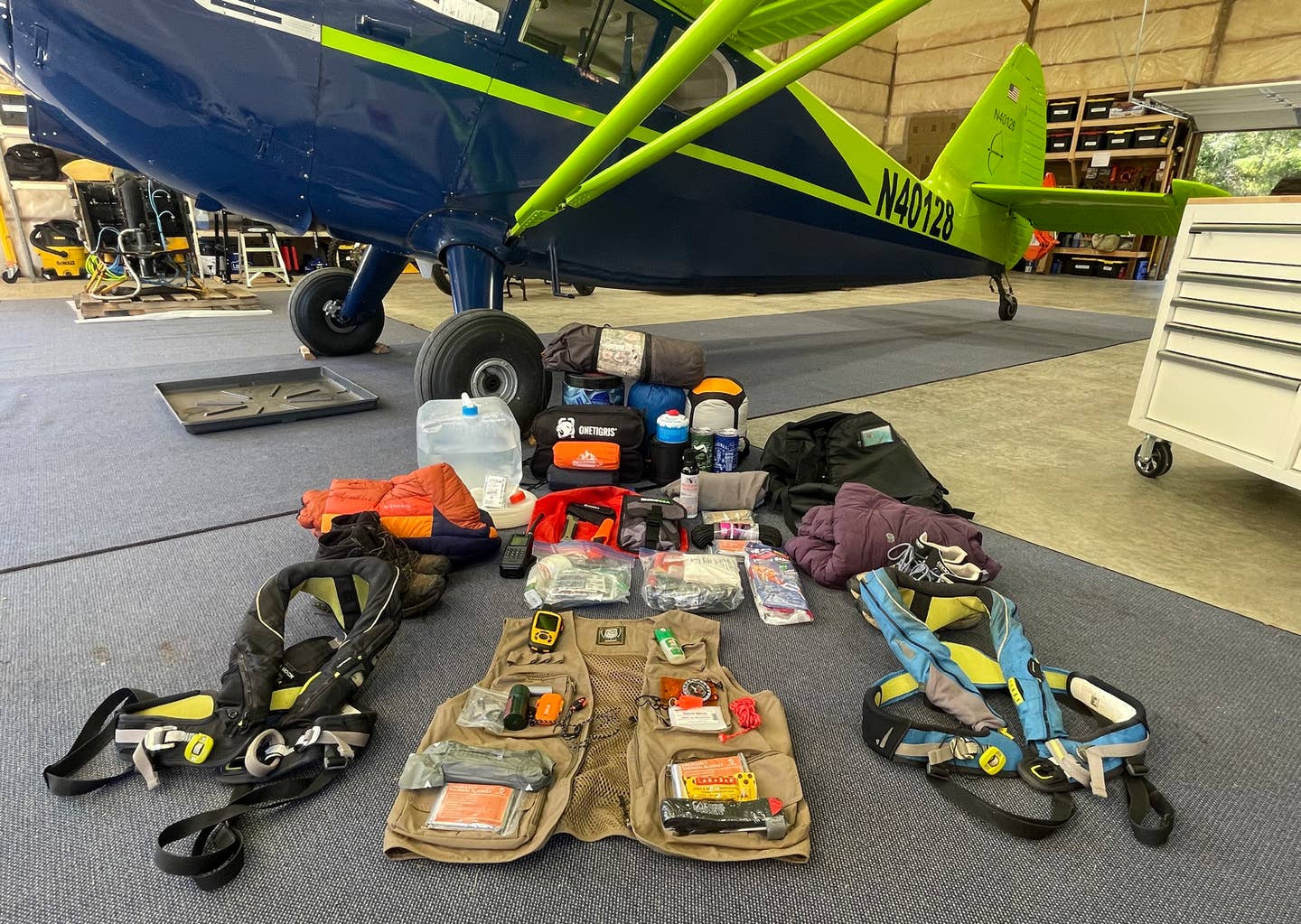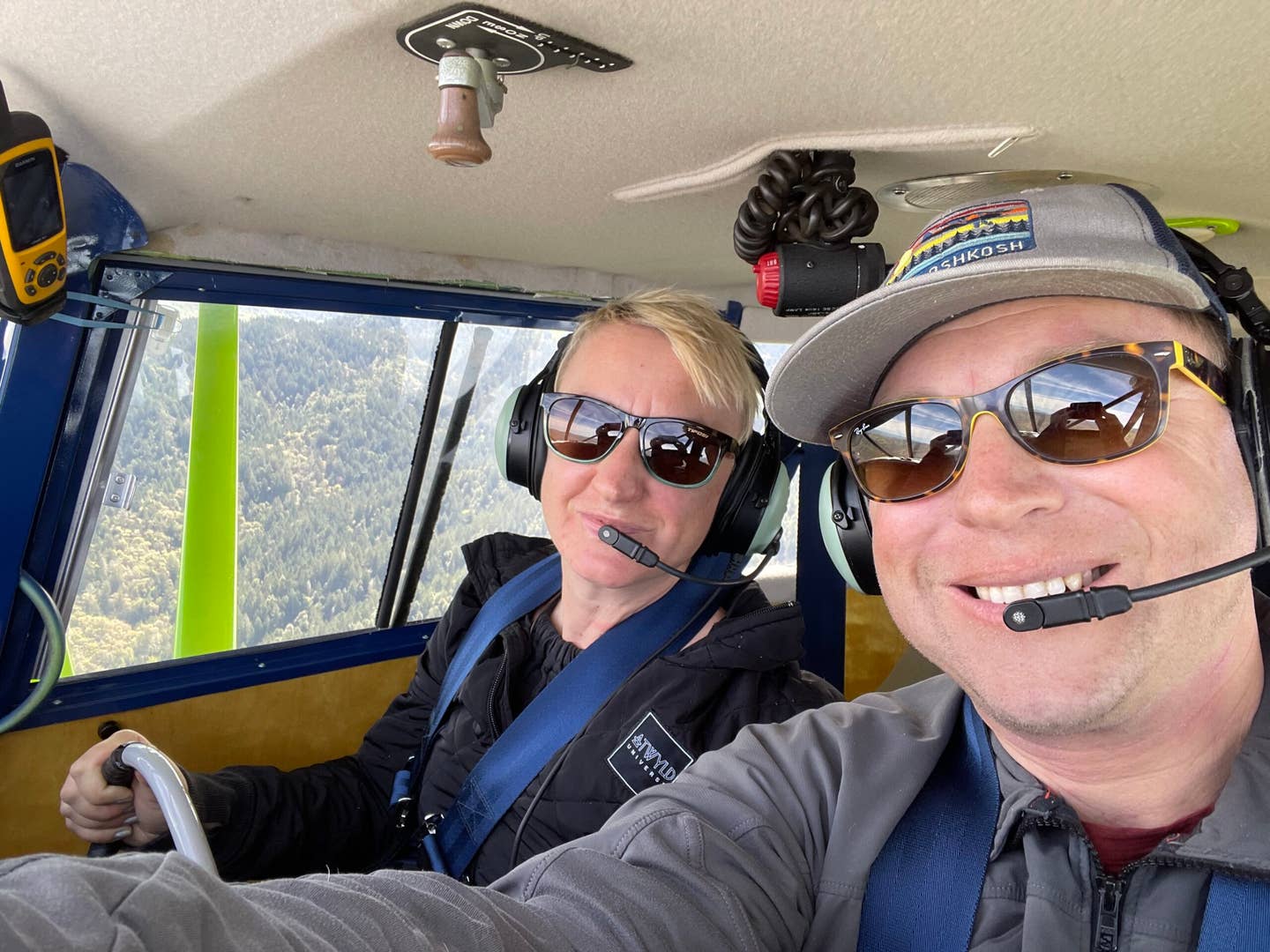A Superheated Shortage
The ongoing pilot shortage, which has been decades in the making, has recently delivered satisfying scenes of deferred comeuppance, according to a professional pilot.
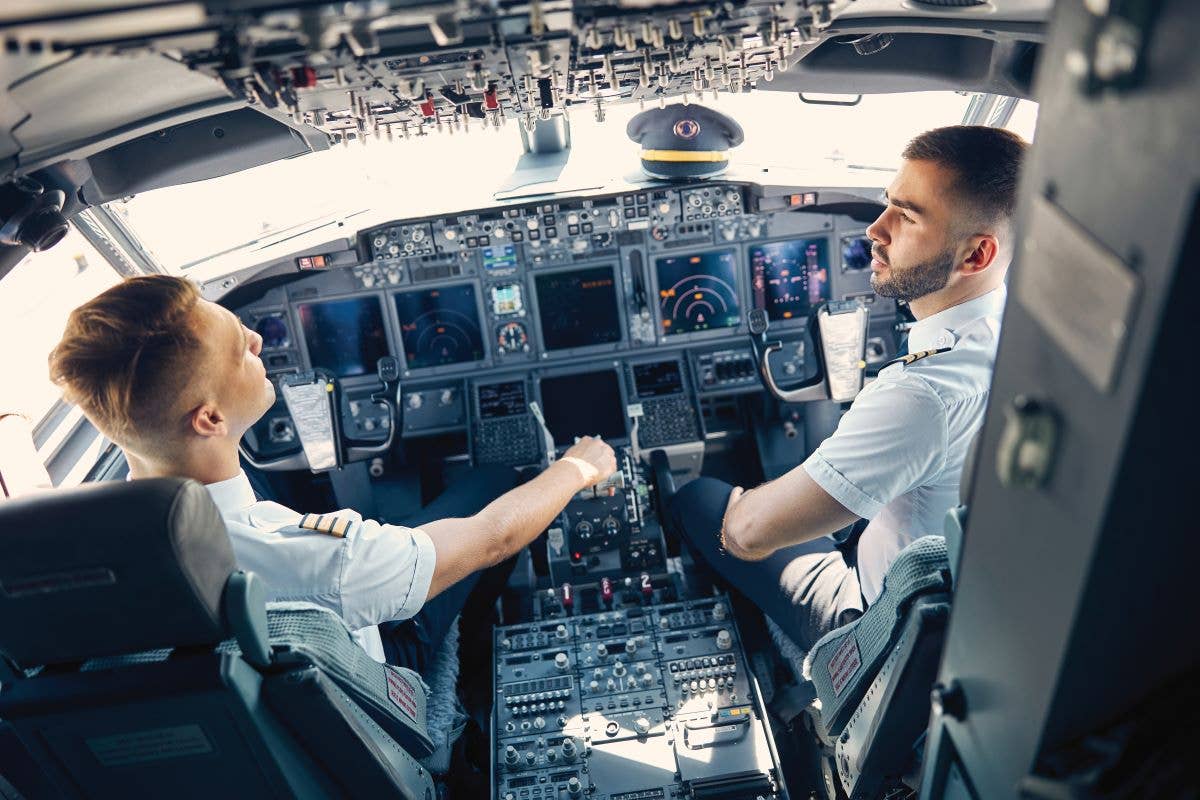
The pilot shortage has been three decades in the making, writes Sam Weigel. [Credit: iStock]
Great news, friends: This week, my airline agreed to a record-breaking pilot contract. Among other golden nuggets, it contains an eye-watering 88 percent raise for new first officers and a nearly-as-impressive 61 percent raise for captains!
Now, before you rush down to your local Western Union to wire congratulatory telegrams, I should clarify that this agreement does not apply to yours truly and my fellow mainline pilots, but rather to the small-jet crews at our wholly-owned regional airline. I’m quite happy for them, mind you, because they’re a hardworking team. I did their job for a decade for a lot less pay, and I know they’ve earned everything coming to them.
If you're not already a subscriber, what are you waiting for? Subscribe today to get the issue as soon as it is released in either Print or Digital formats.
Subscribe NowBut the fact remains that I’m flying under a contract that expired back in 2019, and while the contract in question was designed to shower our regional brethren with monetary benevolence, the company’s pocketbook has remained stubbornly closed to the likes of me. In response, our union leadership called a strike vote, which closed in November and yielded an astounding 99 percent in favor, with 96 percent participation. We should have an idea of what it all means soon. [Editor’s note: Before publication, the author’s pilot group secured a new contract with substantial improvements.]
I imagine a single tear now forming in your quivering right eye. “Poor Sam,” you lament forlornly, “forced to make ends meet on 2019 wages—a mere $279 per hour—reduced to participating in savage Red plots of industrial sabotage. Why, I’ll bet when he finds that dream Cessna 195, he’ll have to finance it!” Quite possibly, alas. But don’t cry for me, dear reader—think instead of the newly certificated youth of America, so recently pondering which kidney they’ll sell on the black market to pay for prodigious flight training loans. Now they’re performing Scrooge McDuck dives into the piles of cash miraculously appearing in the bank account of every checked-out CFI with 1,475 hours and a pulse.
I’ve been writing this column for 10 years and have revisited the evolving pilot shortage many times throughout that decade, ostensibly because of its far-reaching effects on a considerable part of this magazine’s readership—but in reality, because it amuses me to no end. I’m ambivalent about the existence of karma, but cause-and-effect is a righteous bastard, and this pilot shortage has been three decades in the making to anyone paying the least bit of attention. It has delivered a wealth of supremely satisfying scenes of deferred comeuppance, particularly in the last six months.
Take American Airlines, for example. Hot on the tail of their 2013 mashup with America West and US Airways, road beer enthusiast and CEO Doug Parker threatened their three wholly-owned regional partners (Envoy, PSA, and Piedmont) with annihilation unless they agreed to concessions. By 2015 all had acquiesced, but in two years, American was already backpedaling.
Fast-forward to this summer, when American reaped the whirlwind in the form of ludicrous pilot attrition at those same three carriers and was forced to give up the game. The result: $90,000 per year for new hires (before bonuses!) and as much as $430,000 per year for experienced check airmen, considerably more payment than a senior American mainline captain flogging heavy metal across oceans! You love to see it.
The new contracts solved the airline’s regional recruitment and retention problems for about two minutes—only until every other regional airline, facing imminent implosion, panicked and followed suit, even notoriously cheap outfits like Mesa and SkyWest.
I was particularly heartened to see my alma mater, Horizon Air, almost double their pilot pay last month. Horizon’s management spent years after my departure diligently chipping away at their pilots’ position as the best paid in the regional industry, and after all that misbegotten Sisyphean effort, were obliged to give it all back.
Then there’s my current airline, which shall remain ostensibly nameless because—strike vote notwithstanding—I rather like my job and prefer to keep it. Until this week, our C-suite was in denial over the regional pilot pay reset even as our wholly-owned carrier reached triple-digit monthly attrition numbers with single-digit replacements showing up for indoc classes.
The flow agreement, the bigwigs insisted, would drive sufficient recruitment and retention. Except it turns out that the promise of eventually joining a mainline seniority list burgeoning with thousands of young, forever-senior new hires isn’t quite the sugarplum it once was, and in fact, makes a poor substitute for suitcases of cold, hard cash. And so, by learning the slowest and responding last, our management ended up paying the most and setting the new standard for regional first-year pay: $100/hour. Yes, this is all quite amusing and has sparked a tremendous wealth of widely texted meme-ery. (My favorite: “Just saw a Piedmont FO in a fur coat with epaulets. We should have never given these people money!”)
But closer to home, mirth turns to wonder. I’m currently flying with Steve, one of my base’s more senior Boeing 737 first officers, a great guy who has become a friend over several trips. He has a pending 737 captain award and 3,000 pilots below him—all with 18 months on the seniority list! In New York and Los Angeles, there are new Boeing 767 captains even more junior, who will soon be taking widebodies with 11 crew members and 229 passengers across oceans. Every time I’m sent to the training center, I marvel at how it heaves and quakes with frenetic activity as my airline attempts to train twice the number of new pilots as any previous year. I feel a little wistful as I realize this is not even remotely the same company that hired me eight short years ago. At 41, I am quickly becoming the old guard.
A persistent nervous cough of a thought resurfaces, nagging at me. This superheated froth can’t be sustainable, can it? It has to come to a grinding halt at some point, right? Perhaps even at some point soon, if a contracting economy and pernicious inflation finally catch up with COVID-compressed demand for air travel.
What, then, of all these earnest new commanders with four stripes of untarnished gold braid gleaming upon their shoulders? What, then, of all these effervescent flight schools sprouting up all over? What, then, of all these enthusiastic fledglings who amaze me with their CTAF-clogging verbosity and two-mile-wide patterns every time I venture aloft in my Stinson?
Lurking beneath the questions is an uneasy sense of déja vu. I’ve seen this before, in the late 1990s and peaking in the summer of 2001, when the volume, pace, and tenor of flight training traffic last rivaled its current level. Most surely, history will not repeat itself. But alas, it has a habit of rhyming verses of human folly and hubris.
Aww, don’t pay any attention to me. If you’re young of wing and flapping about, peering wide-eyed over new horizons, enjoy the hell out of it, and don’t let those approaching mountains of cash distract you from the real treasure that awaits every time you partake in the miracle of flight. Someday you may learn, as I learned, that this business is cyclical and ruthless in its downswings. Almost certainly, you will know boredom, fear, and grief in airplanes, and there will be days when you can scarcely remember what it was like to yearn for wings. But these are the things each generation must experience. May the springtime of your career be wondrous, your summer long and fruitful—and may there be bountiful magic to sustain you through any weather.
This column was originally published in the December 2022/January 2023 Issue 933 of FLYING.

Sign-up for newsletters & special offers!
Get the latest FLYING stories & special offers delivered directly to your inbox


